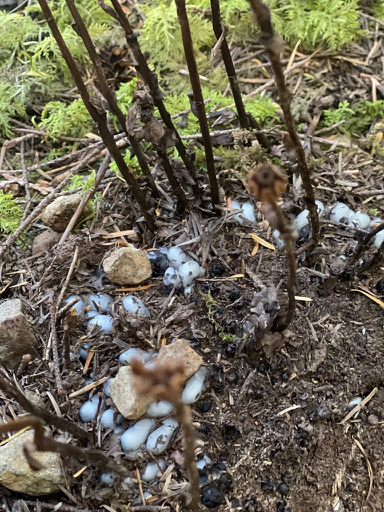Ken Wilson
September is one of our three dry months, averaging about an inch of
rainfall, barely more than July or August. With this summer’s drought,
alder trees began dropping leaves in August. Daylength is 3-1/2
minutes less each day. Just a few more minutes of this decrease guide
migratory songbirds; many will be in Central America by month’s end.
Some salmon begin swimming upstream. Sea lions are arriving from
California; snowberries are in abundance (but don’t eat them!);
blackberries ripen (eat them!); frosts on clear nights in the high
Olympics are highlighted by meadows of huckleberry bushes turning red;
dragonflies enjoy their back-and-forth sprints in defense of
territories; spiders and their webs become especially visible when dew
drops sparkle on calm mornings. And look for the nearly all-dark Bald
Eagles, hatched this spring, and still learning to hunt; the fortunate
ones will survive into a second year. Sorry, but virtually no
mushrooms for a month or longer!







